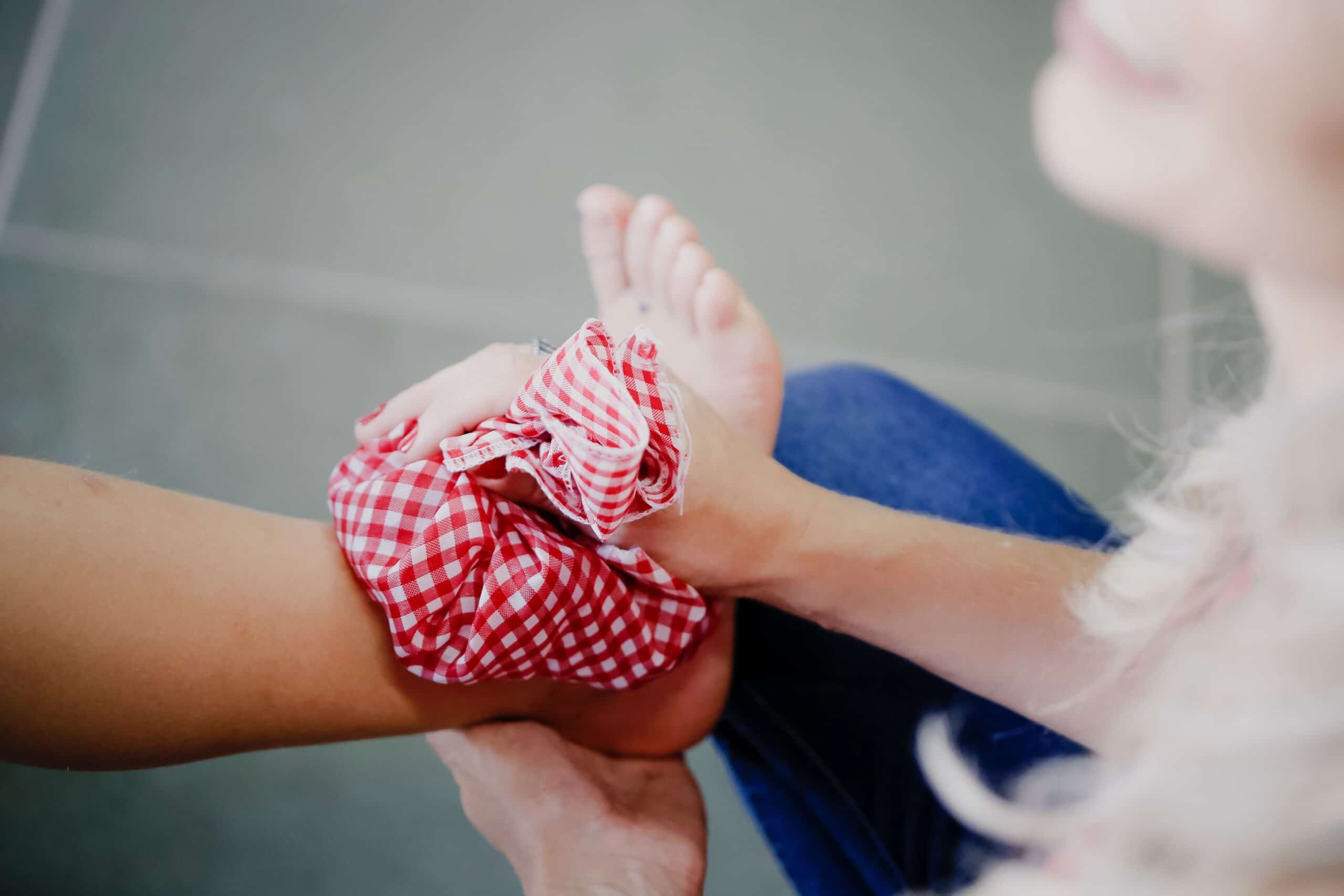Physical injuries come on all levels, with not all nrequiring instantaneous hospital treatment. Even
if they do, home-based rehabilitation is an important aspect to full recovery and needs to be adhered to in a strict way.
There are reliable and set methods for treating physical injuries that will prove useful to speed up recovery.
Here, Perfect Stride share details of the methods for treating physical injuries at home:
• Avoiding RICE – RICE has been the go-to method for many households for generations now, but studies have shown that this method won’t do much for many injuries and may reduce overall recovery.
Because of the resting and ice application, RICE causes reduced blood flow and inhibits the natural inflammatory response of the body – meaning recovery can often take longer than it has to.
Overall, this method of recovery has been falling out of favour for more active approaches to recovery.
By keeping the individual safely moving and as active as possible we find improved results and fewer complications from immobilization.
• Strengthening the healing process – For many injuries, especially strain injuries that are. Common with an active lifestyle, the best method for achieving efficient healing is to increase the blood flow in that area.
Whereas the RICE method can slow the blood flow, some methods do the opposite and so can lead to efficient healing.
• Using the METH process – METH stands movement, elevate, traction and heat. By using a range of strengthening and mobility-based exercises on and around the affected area you can ensure your
muscles remember how they’re supposed to move.
Elevate is the only part that shares its status with the RICE method, as it means you keeping your affected area above your heart when resting to help curb excess fluid build-up.
Traction refers to gently pulling on the joint that’s injured to provide a little relief and allowing the muscles to lengthen and encourage healing.
Finally, heat stands opposite any ice method and is used in order to increase blood flow around the injured area.
As always there is no one size fits all approach so make sure to consult with the appropriate medical professional to receive the appropriate recovery strategy for your specific situation.





